Why 25+ Only Events, Gen Z vs Millennial Parties
Welcome to the era of 25+ only events, where the party doesn’t stop, it just gets more sophisticated.
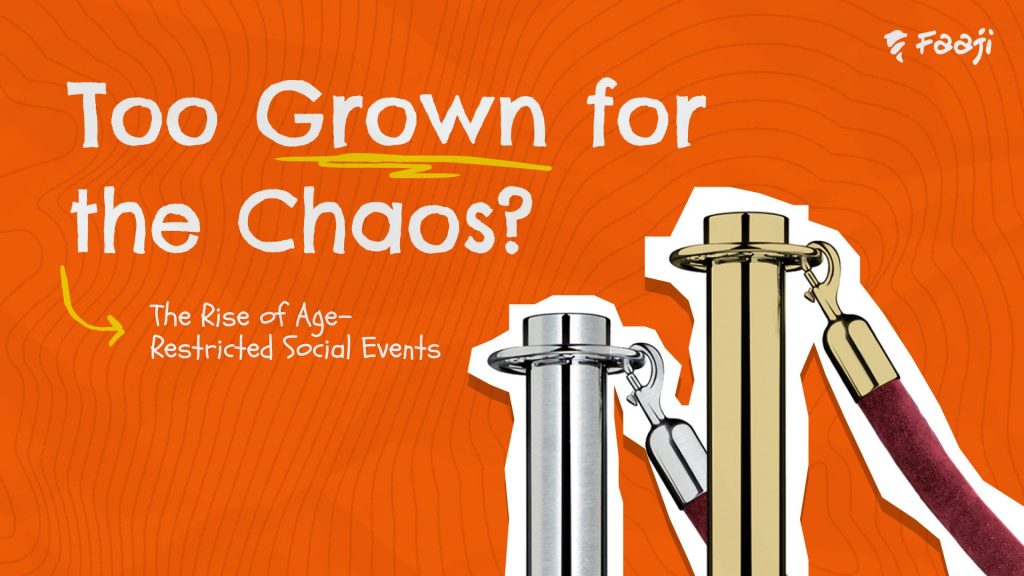
It’s not about who you know, but how old you are. Across major cities like London, Lagos, Sydney, and São Paulo, a new trend in nightlife is emerging: 25+ only events. Sure, it feels like Gen Z vs Millennial parties all over again, but these age-restricted parties are actually showing us how party culture is evolving for adults moving toward intentional, mature, and curated social spaces.
No longer driven by quantity and chaos, today’s nightlife is embracing sophistication, safety, and self-awareness.
But not everyone’s happy about it. Social media has erupted with debates over this 25+ event trend, creating a viral Gen Z vs Millennial party conversation that’s dividing the internet.
See what all the fuss is about here.
What’s Behind the Age Line?
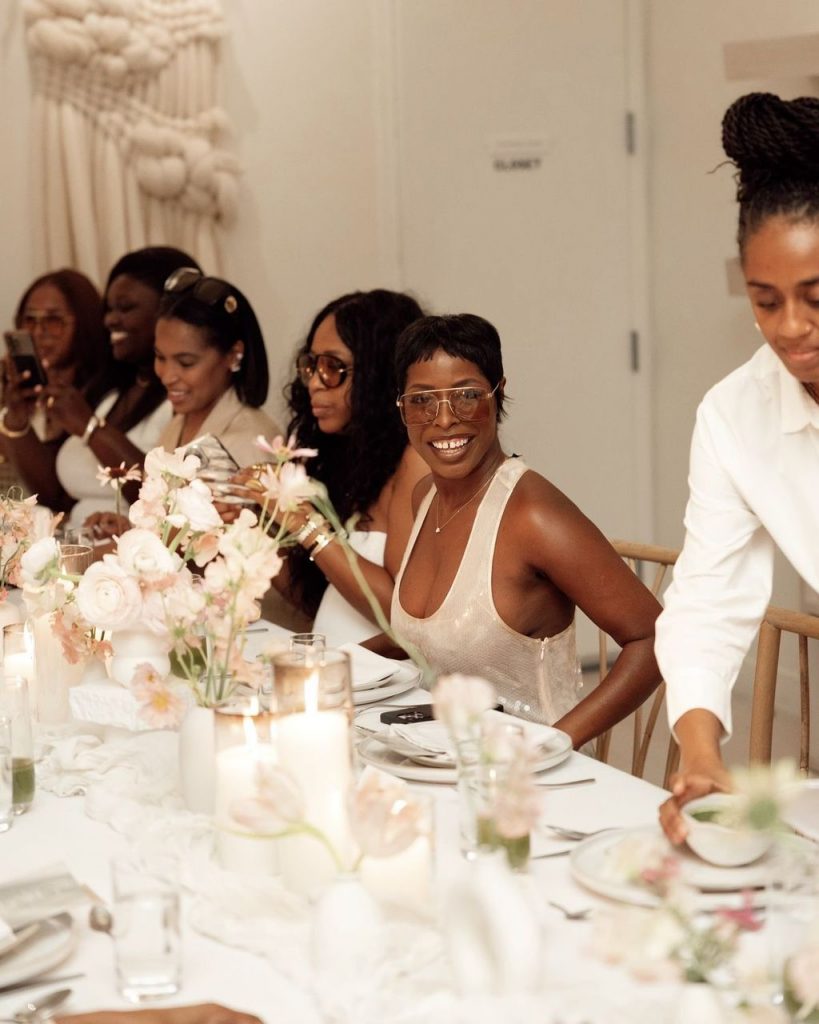
The traditional nightclub model is experiencing a seismic shift. For decades, venues have operated on the principle that younger crowds bring energy, spending power, and social media buzz. But a growing number of event organizers are questioning whether this energy comes at too high a cost.
The frustration is palpable among older partygoers who find themselves surrounded by 18-year-olds taking their first shots, groups of university students treating venues like their personal Instagram studios, and the general chaos that comes with alcohol-fueled youthful exuberance.
The energy mismatch is real, while younger crowds are often seeking high-octane experiences filled with drama and social media moments, older attendees are looking for something entirely different.
The musical divide is equally significant. Older partygoers crave nostalgic sounds that transport them back to their formative years, an escape from the trendy TikTok snippets that dominate current playlists. They want real music, something to “Shake body” to. Many have stopped following dance challenges and trends, preferring full songs over viral 15-second clips on repeat.
This shift represents a move away from the one-size-fits-all approach to nightlife culture. Instead of forcing different age groups with vastly different social needs into the same spaces and how party culture is evolving for adults event organizers are recognizing that segmentation might be the key to everyone having a better time.
The Psychology Behind the Trend, why 25+?
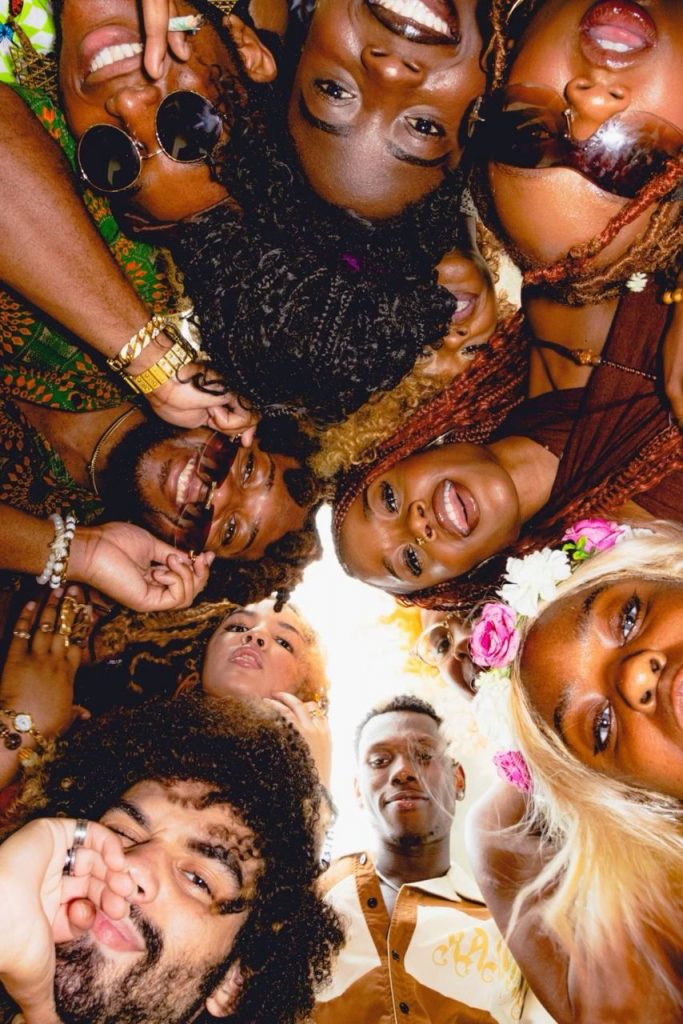
The number 25 isn’t random. It’s tied to a psychological and physiological turning point. By 25, the human brain reaches full development, especially in areas related to decision-making and emotional regulation.
Socially, individuals in this age group tend to crave deeper conversations and connections, and financially, they’re more stable and willing to invest in high-quality experiences. The dating scene also shifts, less about swiping and more about meaningful encounters.
“We aren’t kids anymore”, and a lot of people have significantly more responsibilities. Many can’t always keep up with the latest trends, creating a need for something already known rather than chasing new experiences. When you have to be back home in time for the kids or work the next day, familiar comfort trumps experimental adventure.
More importantly, there’s a respect for boundaries that comes with age and experience. Older crowds tend to understand personal space, read social cues better, and approach interactions with more emotional intelligence. The result is an environment where people feel safer to be themselves without the performative pressure that often dominates younger social scenes.
The financial aspect can’t be ignored either. By 25, most people have moved beyond their student budget constraints. This means they’re willing to pay premium prices for premium experiences, craft cocktails over cheap shots, quality food over greasy late-night snacks, and comfortable seating over standing room only. Event organizers can invest in better venues, higher-quality entertainment, and enhanced amenities knowing their audience will appreciate and pay for these improvements.
The Role of 25+ Only Events in the Global Party Culture Shift
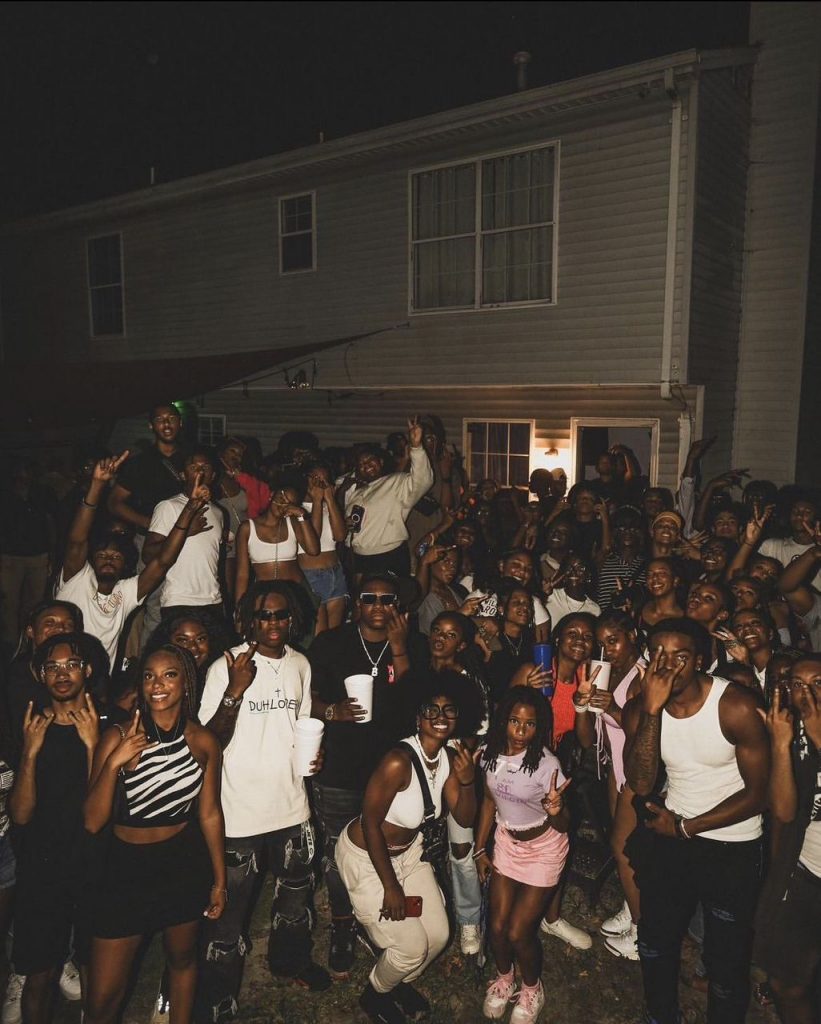
The UK has emerged as the unlikely epicenter of this age-restricted revolution. Cities like London, Manchester, and Birmingham are home to a growing number of event collectives that specifically cater to the 25+ demographic.
With events like Michael’ BBQ, London’s warehouse party scene, once dominated by university students and recent graduates, now features regular 25+ events that combine electronic music with wine bars, comfortable seating areas, and curated food offerings. These aren’t stuffy cocktail parties, they’re full-energy dance events that simply happen to attract a more mature crowd.
The conversation around age-restricted events has exploded across social media platforms, with TikTok users sharing their experiences and Twitter debates about the ethics of age-gating social events. The online discourse has amplified the desire for “grown-only” spaces, with users sharing stories of disappointing nights out ruined by younger crowds and celebrating the relief of finding events that match their energy.
This trend isn’t confined to the UK. Major cities across Europe, North America, and Australia are experimenting with similar concepts. New York’s Brooklyn warehouse scene, Melbourne’s rooftop party circuit, and Berlin’s underground techno venues are all seeing success with age-restricted events. The global nature of this trend suggests it’s addressing a universal need rather than a local cultural quirk.
Safety, Comfort & The New Luxury with 25+
For many singles, nightlife has long been a space to flirt, dance, and maybe even share a cheeky kiss. But age-gated events bring a new level of comfort for attendees who are no longer in their early twenties. “The confidence of some of these younger people,” laughs Noor, 34. “People have hit on me who are 19, and I’m like, are you serious? Stay away from me.” For those who are age-conscious, it’s easier to relax and be present when they’re surrounded by peers rather than those who look and act barely legal.
The definition of luxury has also evolved for this demographic. It’s no longer about gold bottles or velvet ropes, it’s about comfort, quality, and thoughtful design. Venues are investing in clean, well-maintained spaces, better acoustics that allow for actual conversation, and seating arrangements that encourage connection. These might sound like basic expectations, but they’re often overlooked in venues geared toward younger crowds, where the focus is usually on maximum capacity and social media optics.
This shift is also reflected in the aesthetics. Harsh strobe lights have been replaced by soft, intimate lighting. Music is curated like a journey, not a playlist of TikTok hits, but a vibe that evolves through the night. Fashion follows suit: guests arrive in elevated, expressive looks rather than clubwear clichés. The bar doesn’t push shot trays; instead, it offers carefully crafted cocktails designed for slow sipping and good conversation.
Ultimately, the difference is in the details. 25+ events prioritize sustained enjoyment over loud, chaotic highs. They’re not about just getting through the night, they’re about experiencing it. And for a growing number of partygoers, that’s the kind of nightlife that finally makes sense.
Social Media & Cultural Pressure
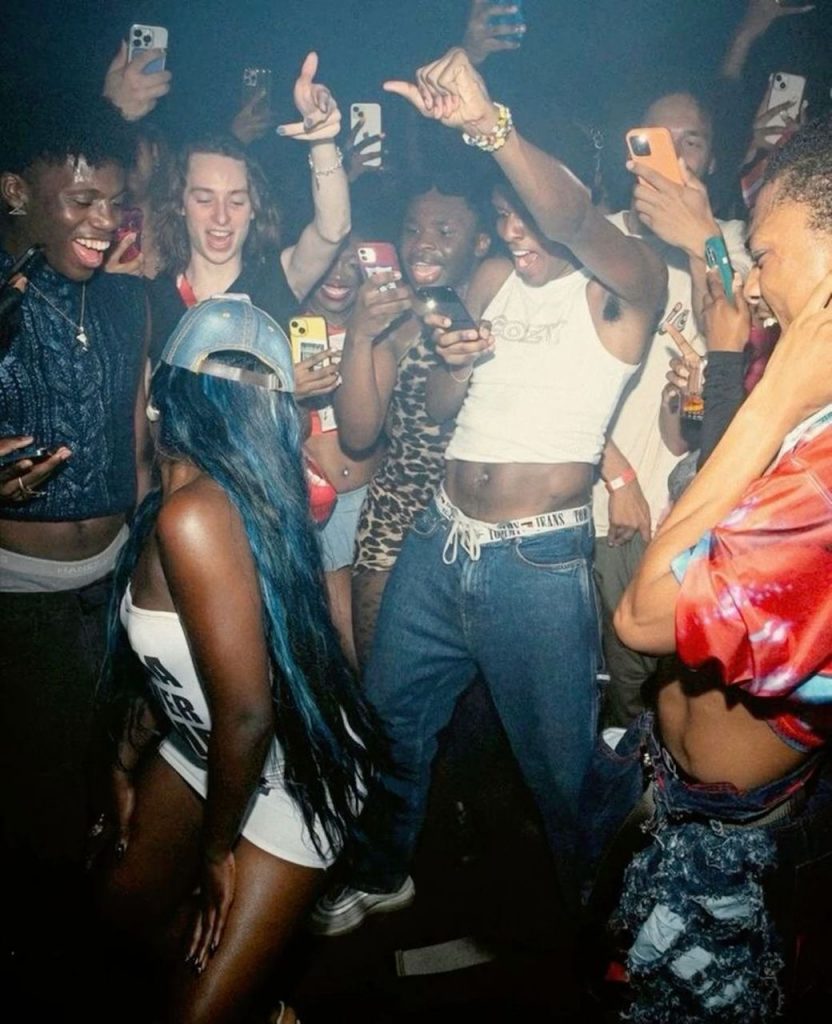
The relationship between social media and nightlife has grown increasingly complicated, especially for younger demographics who often feel pressure to document every moment of their night out. The constant urge to capture the perfect Instagram story or TikTok clip can turn a social gathering into a performance, with people more focused on how the night looks online than how it actually feels.
In contrast, the 25+ crowd has largely moved beyond this performative phase. They’re more inclined to put their phones away and engage with what’s happening around them. This shift creates an atmosphere where presence is prioritized over presentation, and authenticity takes precedence over virality. Conversations are less likely to be interrupted by photo ops, and connections tend to be deeper and more genuine.
Event organizers have caught onto this behavioral change. Many 25+ events now intentionally design experiences that reward presence. Some even go as far as discouraging phone use altogether, while others cultivate environments that emphasize ease, intimacy, and meaningful engagement over social media content creation.
Ironically, social media itself has helped drive this very trend. Platforms like Instagram now highlight beautifully curated photos from 25+ events that contrast sharply with the chaotic, overstimulated energy of younger party scenes. LinkedIn-inspired nightlife experiences are also gaining traction, blending social fun with professional networking. Influencers in their late 20s and 30s are using their platforms to spotlight this new wave of soft, stylish fun. Meanwhile, digital communities have made it easier than ever to organize, discover, and attend events that reflect this more mindful approach to nightlife.
Is This Age-Gating or Just Growing Up?
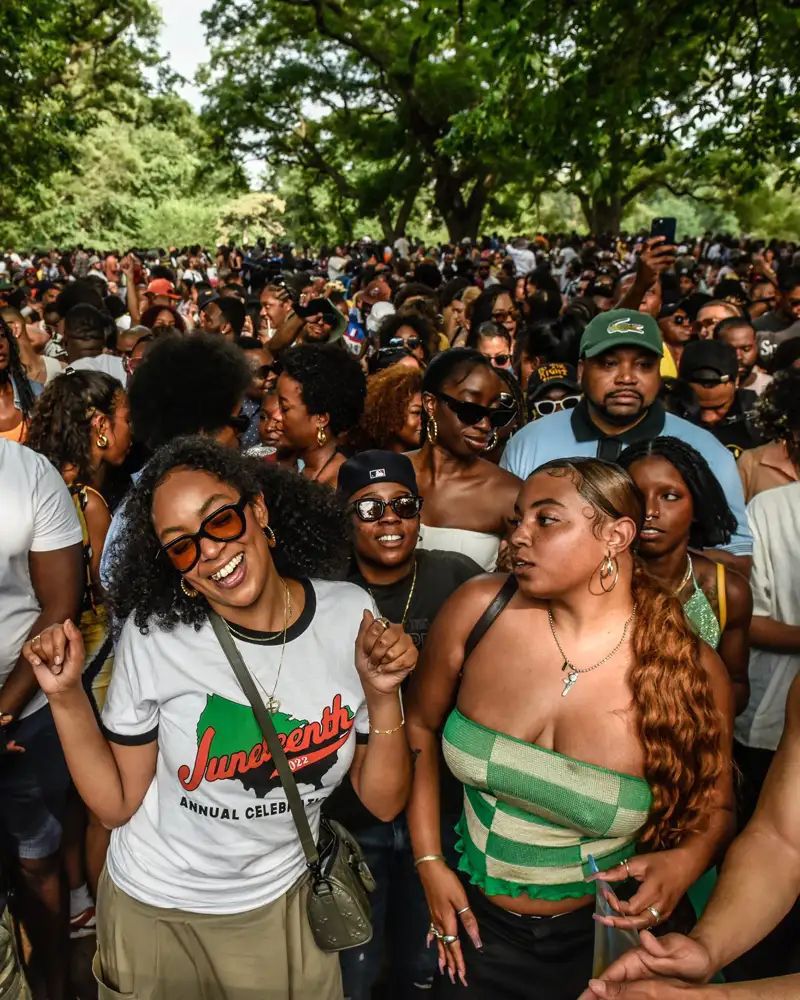
The debate around age-restricted events often centers on whether they represent elitism or simply evolved social needs. Critics argue that these events create artificial barriers and contribute to age-based discrimination. Supporters counter that they’re simply providing options for people whose social needs have evolved beyond traditional nightlife offerings.
The perspective from attendees is overwhelmingly positive. “I’m not anti-young people, I’m just pro-peace,” explains Sarah, a 28-year-old marketing professional from London who regularly attends 25+ events. “I want to dance to good music, have meaningful conversations, and go home feeling energized rather than exhausted by drama.”
This sentiment is echoed across age-restricted events worldwide. Attendees aren’t seeking to exclude others out of malice, they’re seeking to include themselves in environments where they can truly relax and enjoy themselves. The distinction is crucial: these events aren’t banning youth, they’re reclaiming adult fun.
The success of these events suggests there was a genuine gap in the market. Traditional nightlife often caters to the lowest common denominator in terms of music, atmosphere, and social dynamics. Age-restricted events allow organizers to target specific demographics with precision, creating more satisfying experiences for everyone involved.
In Conclusion,
As a business owner, my priority is creating the best possible experience for my clients. That means curating an atmosphere that feels just right, one that reflects their preferences, values, and stage of life. To do that well, I must also understand my own needs and what kind of space I want to build.
This isn’t about excluding younger people, it’s about elevating the experience. The rise of 25+ events mirrors a larger cultural shift: people are becoming more intentional about how they spend their time, where they go, and who they surround themselves with.
And in a world that often feels chaotic, that kind of curated calm? It feels revolutionary.
No, we don’t party the way we used to. And honestly? We’re better for it.
Check out out this article on navigating Detty December in Lagos.
Share this content:
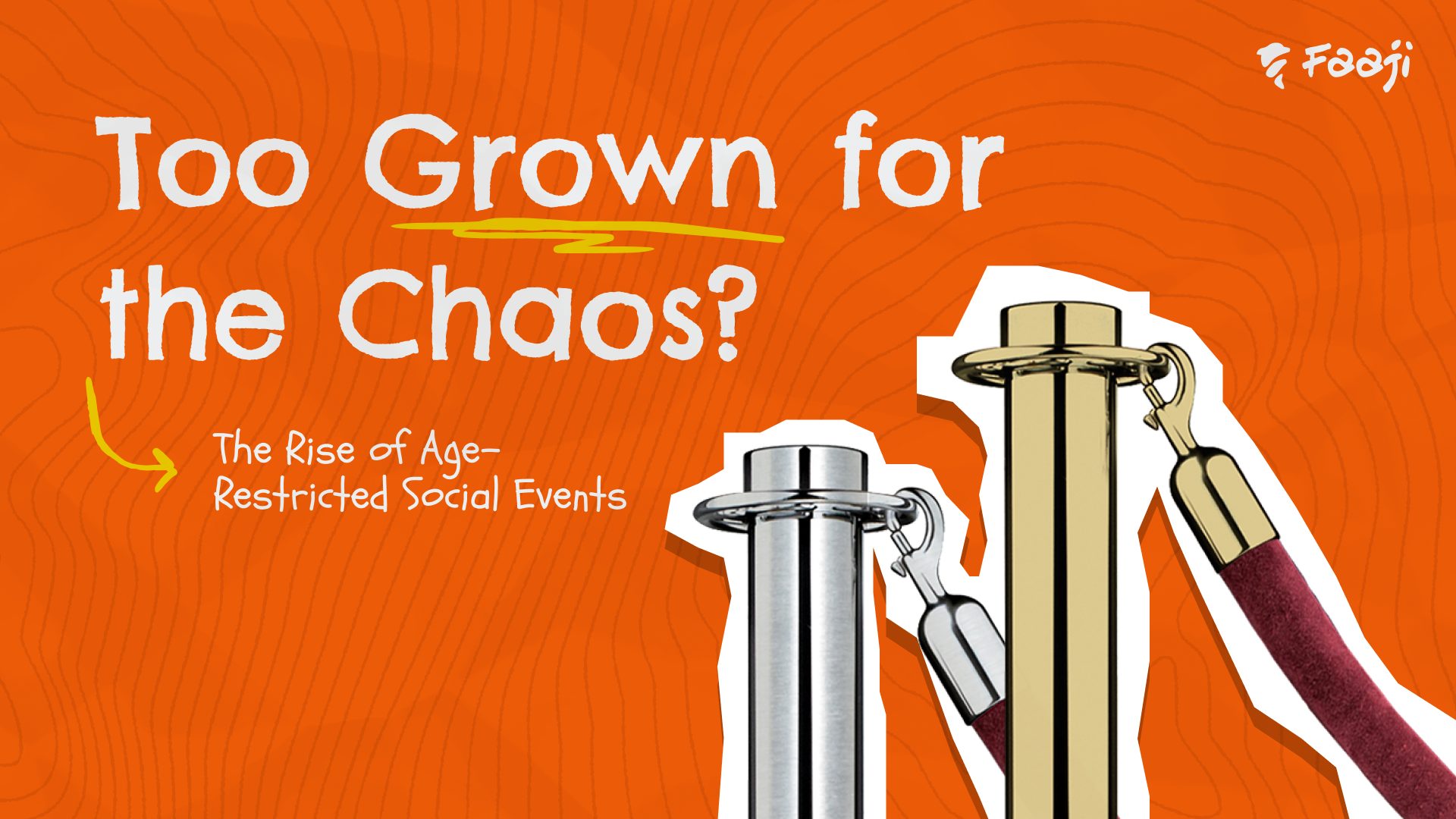
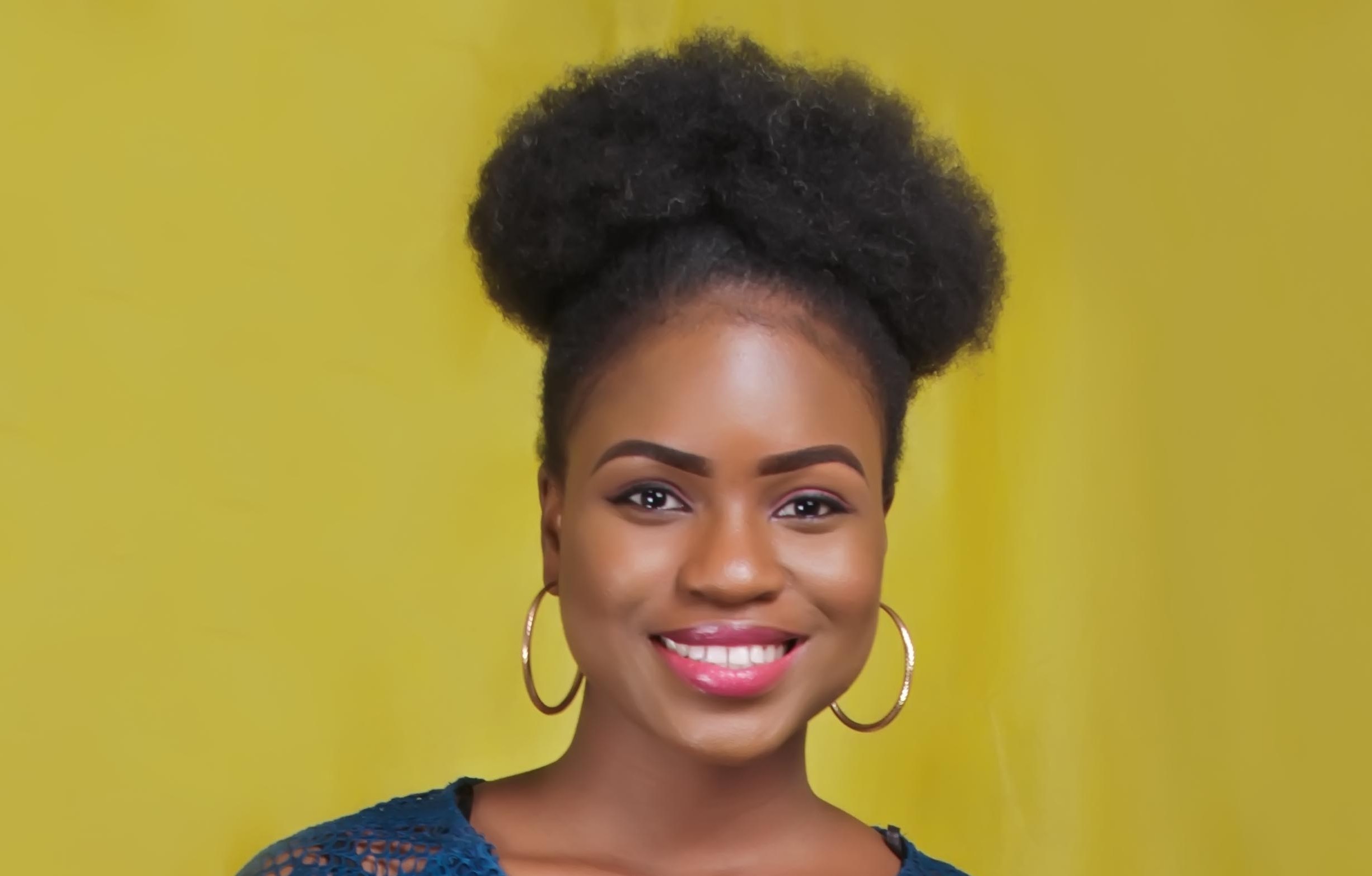
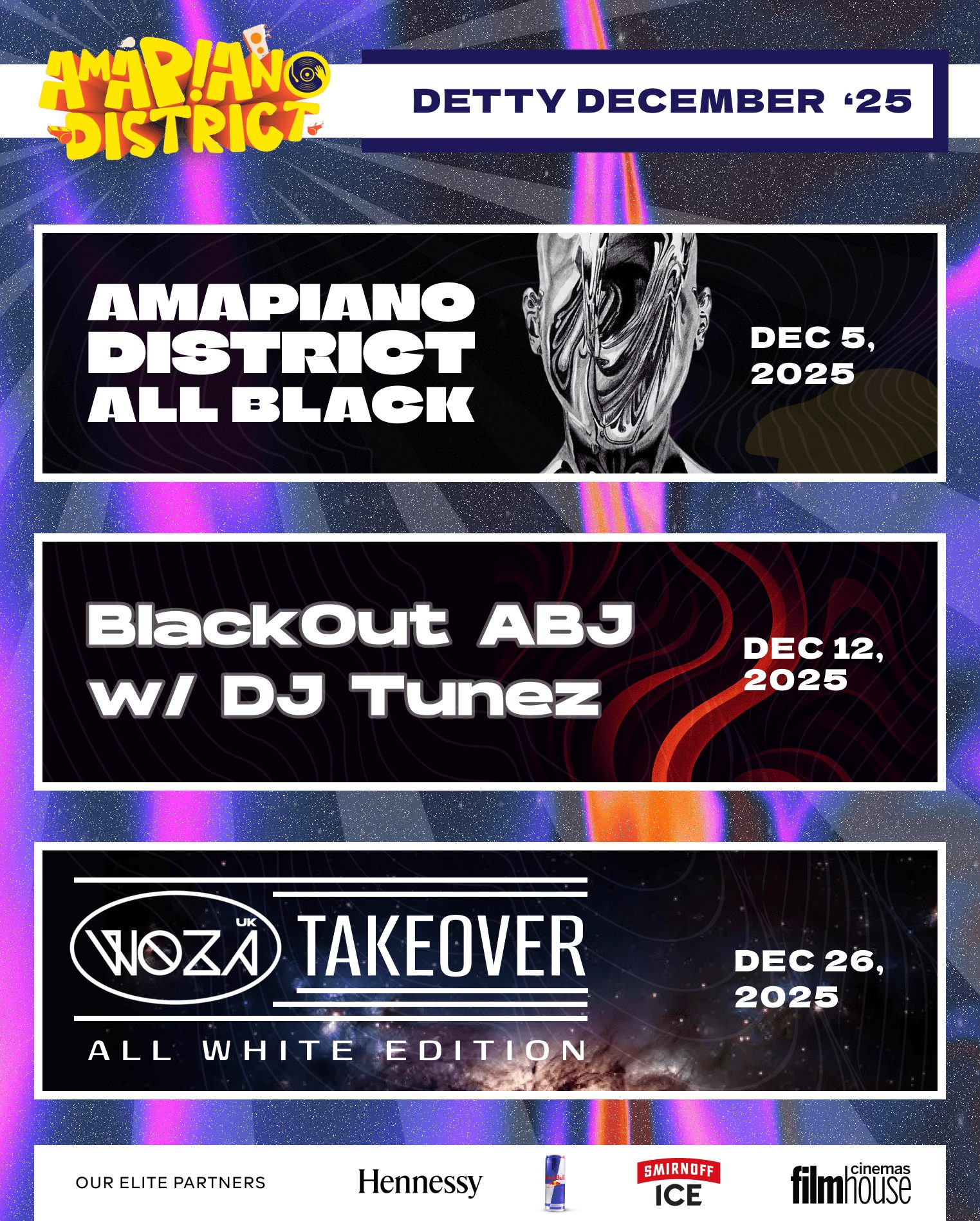

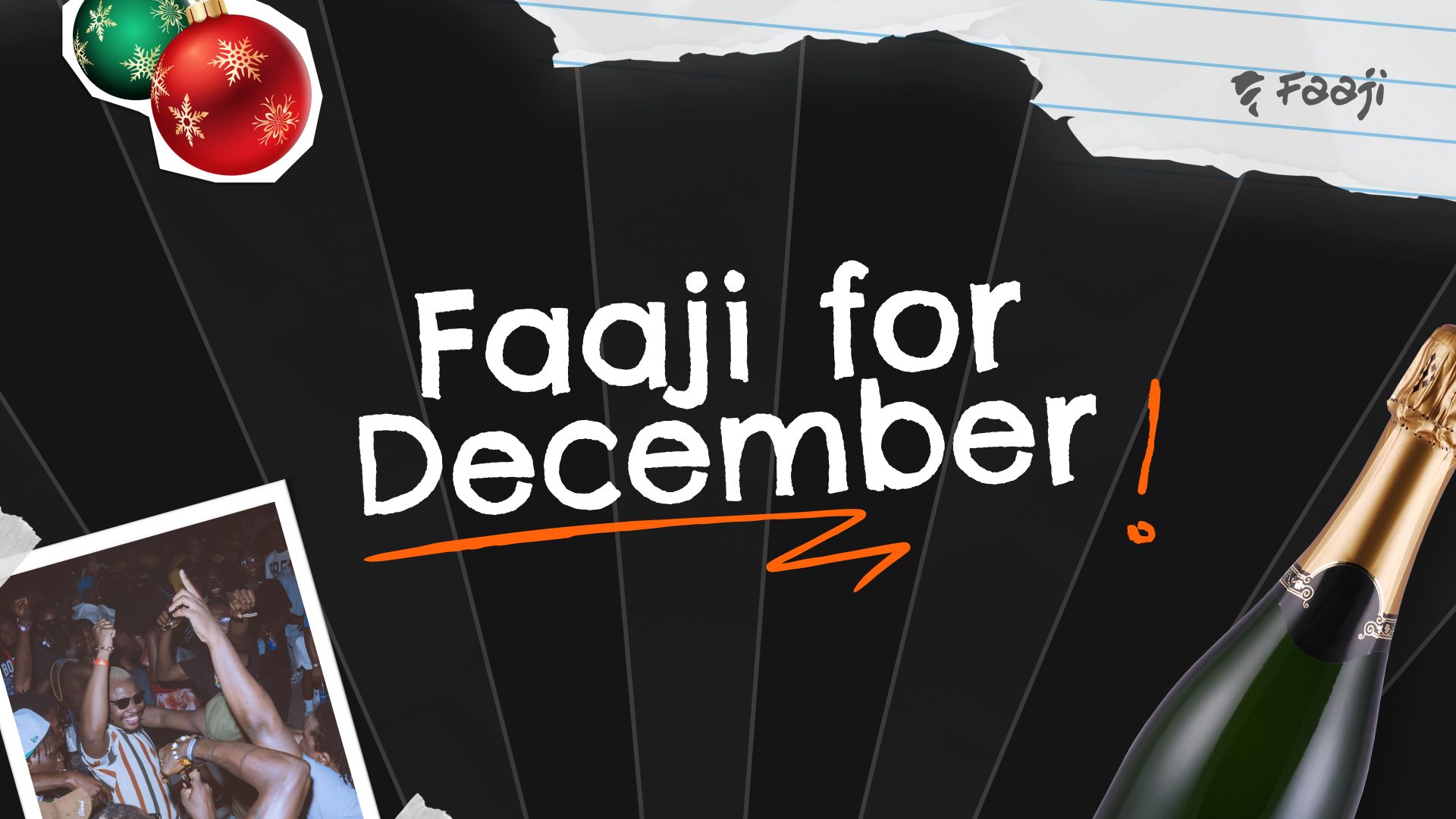
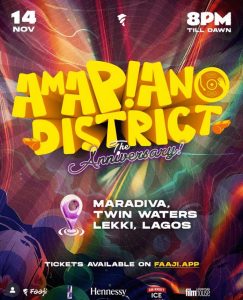


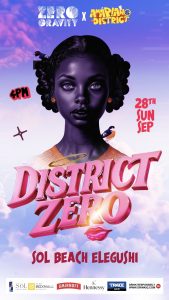
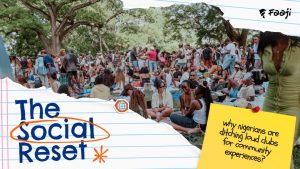
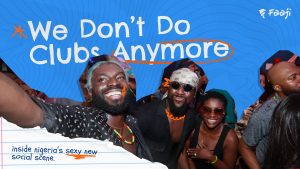
1 comment